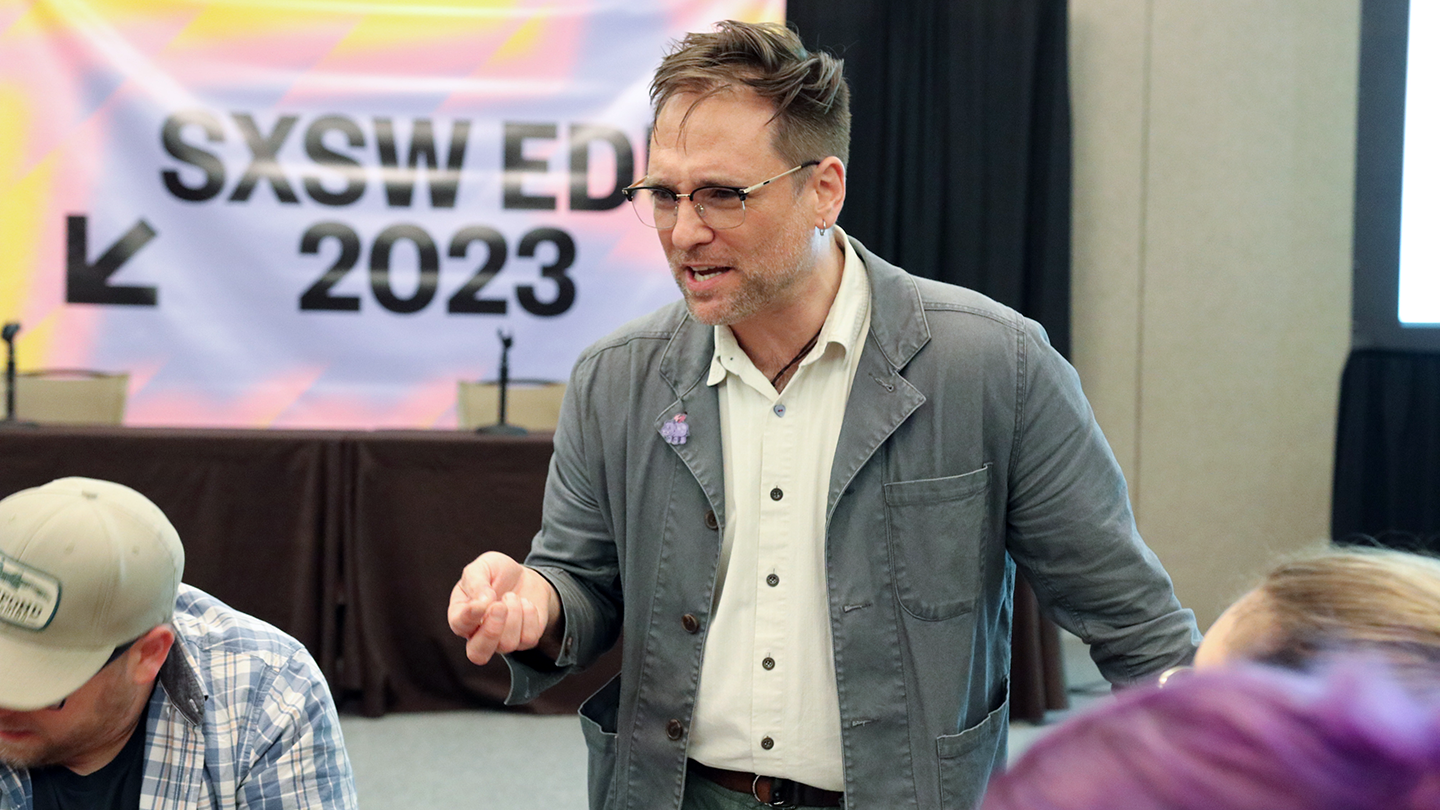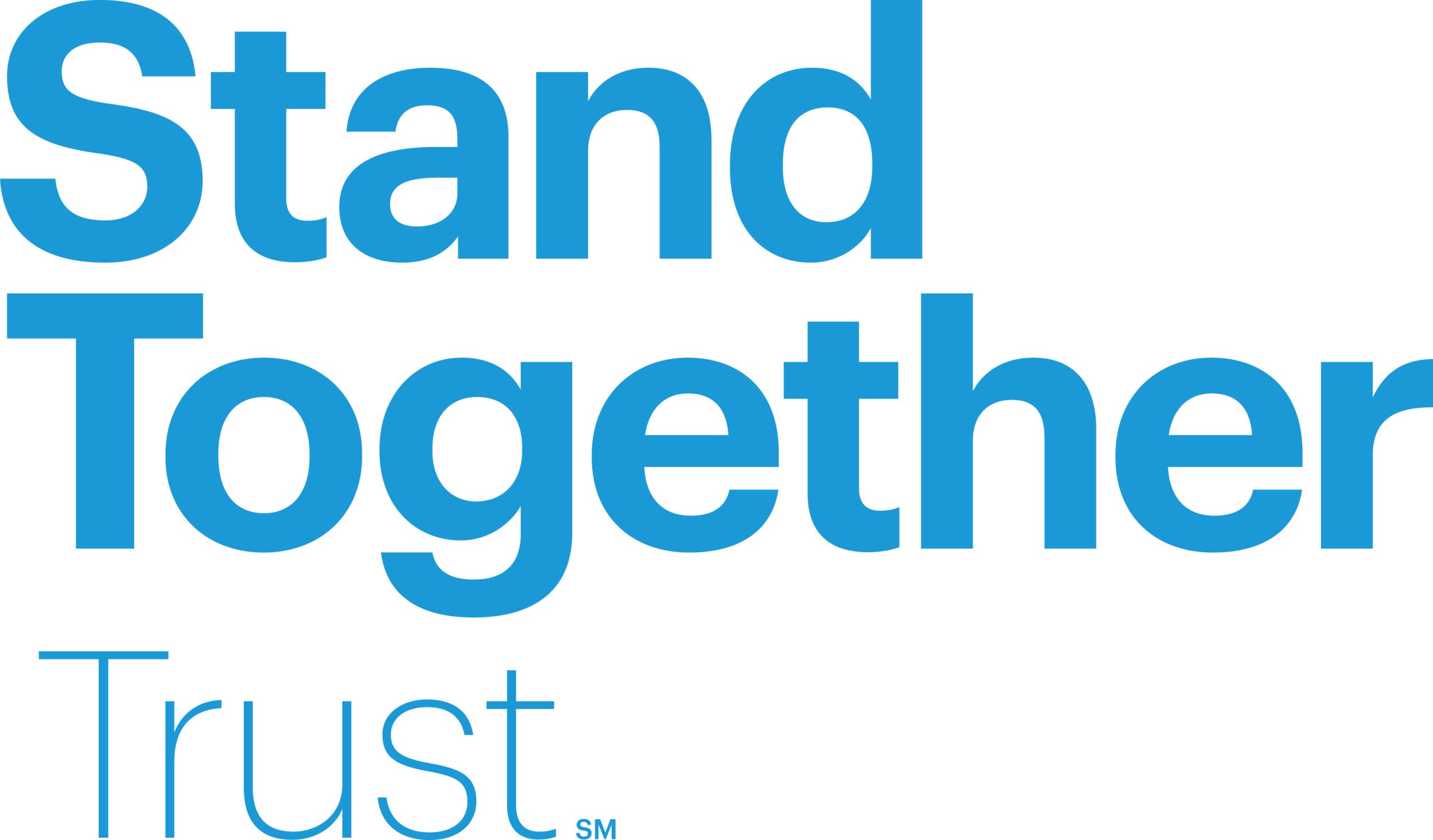SXSW EDU PanelPicker Tips and Tricks from the Advisory Board

When determining the sessions that earn a coveted spot on the SXSW EDU stage, the Advisory Board plays a critical role, accounting for 40% of the final decision-making process. To better support our community of applicants, we contacted the Advisory Board for the inside scoop on tips and their guidance on what they look for in a PanelPicker proposal.
The Advisory Board’s expertise and experience make their input crucial in shaping the program at SXSW EDU. By understanding what the Advisory Board values, applicants can better craft proposals that resonate with the board and the broader SXSW EDU community.
Take a look at some tips and tricks provided by members of this year’s Advisory Board:
TITLE
Kristen Procko: “Clever proposal titles are fun, but make sure the title clearly articulates the proposal topic.”
Mike Kleba: “Spend extra time crafting the title of your session. It's the most important writing you'll do in your proposal — though without substance, a great title becomes a bad check.”
Mike Lawrence: “Keep titles short and to the point. Avoid vague, or less known acronyms and local euphemisms as well.”
DESCRIPTION
Christian Martinez: “I appreciate clear and concise proposals that effectively convey the main idea or topic of the panel. A well-defined and compelling proposal grabs my attention and sets the foundation for a strong evaluation.”
Cynthia Burrow: “I tend to respond to plain, clear language when reviewing submissions. I need to understand, within a very short narrative, what you have to offer and what attendees will learn. If I have to wade through a lot of jargon and buzzwords, I worry that the audience will, too. I also respond better to focused, unique topics than to broad, generic ones. For example, I'm not interested in a session on "Why SEL Is Important for Everyone." I'm interested in "Building Empathy through Video-Based Storytelling." I view SXSW EDU as a boutique full of one-of-a-kind, handmade treasures, not a big box store.”
Elizabeth Gossens: “I'm looking for proposals that clearly articulate the subject, how it's relevant to this conference in particular, why it matters to the potential audience and the broader impact of the idea. I want to know how you're going to deliver this information. Tell me more about the session flow. Will there be opportunities for audience engagement? Will you be presenting with a slide deck? Videos? Handouts? How are you featuring diverse perspectives?”
INTENDED AUDIENCE
Mike Lawrence: “For SXSW EDU, we're serving a number of different audiences. Be careful to select the appropriate audience for your session, as Advisory Board Members will score differently based on the audience you are targeting. We're looking for vendor-neutral presentations on effective and innovative approaches to advancing student achievement and transforming the educational system K-20. When possible, your session should include practical takeaways for attendees and feature the voices of real, practicing educators.”
Elizabeth Gossens: “Design the kind of session you would want to attend! What do you enjoy? How do you like to get information? Put yourself in the audience. Define the "what's in it for me." Make sure you clearly state the impact of what you're talking about. People need to understand how a session is relevant to them and to their work.”
Erin Mote:“Be engaging — I love proposals that are driven by engaging with the audience in unexpected ways. Panels can be valuable but so many educators at SXSW EDU are here to redesign the learner experience and we should do the same.”
TAKEAWAYS
Chris Hopper: “Be specific! Get in-depth on the goals and details. What will guests walk away knowing more about?”
Emily Kotecki: “Be very specific when writing session takeaways. This sounds easy but writing good takeaways takes a little extra effort and yields benefits for presenters and attendees. Craft takeaways before writing the title or description. Having a clear sense of what you want attendees to walk away with provides clarity and focus to both the presenter and the attendees. If it's helpful, work each takeaway through the SMART acronym. Is the takeaway SPECIFIC, MEASURABLE, ACTIONABLE, REALISTIC, TIMELY?"
Greg Weatherford II: “Drive audience action: Design your session to provide conference attendees with knowledge or resources that empower them to take action and make a difference.”
Mike Lawrence: “When possible, provide practical 'use-it-Monday' tips and practices for attendees to immediately apply from your session. If your topic is a more broad, thought leadership-style session, be sure to use concrete examples to anchor your concepts.”
RESOURCES
Adam Gismondi: “Make a short video to accompany your proposal! Sometimes, the best and fastest way to explain your idea is to make your pitch in a video — some of the best proposals every year become an easy "yes" because the person(s) submitting use the video option to show their passion for a topic.”
Bruce Douglas: “Provide meaningful data and resources that support your proposal topic and proven outcomes.”
Elizabeth Gossens: “Don't sleep on the supplemental resource. It doesn't have to be fancy, but this is your chance to go deeper into the subject matter and what the session would look like!”
Dagmar Kauffman: “Speaker videos are one of the first things I view to get a feel for how passionate, authentic, or knowledgeable speakers are and if/how they'd resonate with SXSW EDU attendees.”
Kathy Blankenship: “I love to see a short, introductory teaser video spotlighting the main points of the proposal. I need to see how the presenter interacts with their topic, not a full-blown presentation or an interview that's unrelated to this particular proposal. If all the speakers aren't known yet, please try to share why and describe the expertise of the person/people you're planning on recruiting.”
SPEAKERS
Cynthia Burrow: “I place a lot of emphasis on the quality and type of speakers. I can't remember how many times I've seen a submission with no one representative of its topic proposed to speak. For example, submissions focused on amplifying student voices should have at least one student as a speaker. Those addressing neurodiversity in the classroom should include at least one neurodivergent person. There are thousands of proposals submitted. Those that stand out demonstrate a clear, focused, and unique point of view. They make me want to mark my schedule immediately to make sure I don't miss the session.”
Erin Mote: “Ensure your panel prizes authentic voice — if it is about youth engagement, I hope it would include someone under the age of 25! When looking at applications, I look for folks who center the audience and their learning experience, not just delivering information, pitching a product or approach, or people sitting and getting.”
Kristen Procko: “If you're from the industry, consider including a teacher in your proposal too. I get excited by proposals that include speakers from different institutions, positions, and walks of life.”
Mike Lawrence: “If you're discussing pedagogy or a new approach to student learning, include a practicing educator on your panel.”
Robin Lerner: “Be clear about your expertise in speaking on the subject.”
Ted Kalomaris: “I’d like to see panels made up of current superintendents and classroom teachers who are dealing with the current trends teachers face in today’s classroom. Topics such as executive functioning in the everyday classroom and the staffing crisis should create passionate discussion. Teachers often go unheard, so I would love to see superintendents bring ideas on how to address morale and efficacy concerns from multiple perspectives.”
Tracy Coffin: “As an Advisory Board member for the last 6 years, I'm seeking submissions from experts in their field. I recommend you to share your accomplishments, achievements, awards, or accolades. We look for quality speakers and communicators with a high level of professionalism.”
DIVERSE PERSPECTIVES
Adam Gismondi: “For panel submissions, bring together a group with diverse perspectives and lived experiences! Bring those moments of lively debate and discourse to the event, because that is one of the reasons SXSW EDU is special.”
Dagmar Kauffman: “I value a diversity of presenters who are human-centered, embody their work and work from the ‘inside out.’”
Christian Martinez: “I consider the potential for the proposed panel to offer unique perspectives or insights. I find it exciting when proposals bring together diverse panelists who can provide different viewpoints or experiences related to the topic. Collaborations between experts from various backgrounds or industries often lead to engaging discussions and valuable takeaways for the audience.”
Greg Weatherford II: “Elevate underrepresented voices: Your session is a great opportunity to empower voices and perspectives not often included in these types of convenings, like youth, people of color, members of the LGBTQIA+ community, and others.”
Jonathan Hamilt: “[I am looking for] sessions that showcase intersectionality, LGBTQ+ issues, human rights, anti-authoritarian models, racial justice, disability rights and awareness.”
Michael DiMaggio: “Have a diverse panel with multiple perspectives (having 2-3 panelists from one organization or company is not as attractive)”
FOCUS
Dagmar Kauffman: “I look for thoughtful, intentional and complete proposals. Ideally, they are deeply rooted in their content area and invite the audience to consider new, unique concepts or different perspectives on existing programs and strategies.”
Christian Martinez: “I value proposals that demonstrate a thorough understanding of the subject matter. This includes providing relevant background information, highlighting the significance or relevance of the topic, and showcasing the expertise of the proposed panelists. Strong proposals often integrate current trends, research, or industry insights to support their arguments and establish credibility.”
Kathy Blankenship: “No sales pitches, please! Sales pitches aren't the goal here. Share your solutions or information based on data and/or your real-life experiences.”
Lindsey Own: “Plan to engage with your participants. Participants should be participating! not passively listening.”
Matthew Cohen: "“I am looking for debate and differing opinions. I am looking to be challenged and to challenge. I am looking for new ways to address persistent issues. SXSW EDU is a community, and, like any family, we don't agree on everything. Nor should we. While there are differing views, I don't often see them represented on the panel submissions. Please give me more (respectful) debate, critical thinking, and new ideas. If we can’t disagree and discuss within the family, then where can we?"
Michael DiMaggio: “Be intentional about engagement and interactive activities so the audience knows how they will participate. I look for proposals that present an interesting problem or scenario that causes me to think, "Hmm, that is interesting, I have not thought about that before." I encourage proposals that bring diverse voices from multiple sectors (if possible) to address the issue. I look closely at submissions that can push thinking beyond the now and anticipate where the field may need to go.”
Mike Kleba: “Think about how your session can be compelling, entertaining, and/or useful. The best way to do this is to courageously share your real self. Also, try to be an ambassador for SXSW EDU. Study the website and the emails you get from us. How can your voice add to our mission and direction this year? I'm looking for two different value propositions in proposals:
- Sessions that include working teachers who engage, explore, and further the work of teaching.
- Sessions that have electricity to them that can inspire, entertain, or provoke audiences.”
Robin Lerner: “SXSW EDU is about presenting new and cutting edge technologies and strategies to improve education — proposals should convince me that their presentation will teach me something that will change my work and transform something in a meaningful and tangible way. Also, I am particularly interested in global programs and seek to maximize the quality of presentations for the global track.”
Jenn Chidsey: “I like to see a topic that is new and unique (especially if it is recommending something the attendee will use to change their practice) — SXSW EDU should be cutting edge, not following. Also, I am cautious about overly commercialized presentations that seem like they are "on the circuit." What topic or point of view will change the way an educator thinks or something that a student will experience?”
Kathy Blankenship: “Your proposal needs to be new! It should be a new way of attacking an old problem, or a way to handle a new situation. If it's just the same ol' same ol' repackaged in a shiny new box, I'm turned off. One of the things that makes SXSW EDU stand out from other conferences is that it's cutting edge, not last year's acronyms and buzzwords.”
The PanelPicker entry period closes at 11:59pm PT on Sunday, July 23 and will not be extended. Don’t miss the deadline and feel free to reach out to programming@sxswedu.com with any questions.
See You at SXSW EDU 2024
Mark your calendars for Tuesday, August 1 when registration opens for the 2024 event. Take advantage early for the best rate and hotel options March 4-7, 2024 in downtown Austin.
Sign up for SXSW EDU email updates, check out the News feed, watch videos, and follow us on Twitter, Facebook, LinkedIn, Instagram, and TikTok to get the most up-to-date information.
Photo by Abigail Steward
By Auva Saghafi
07/12/2023

